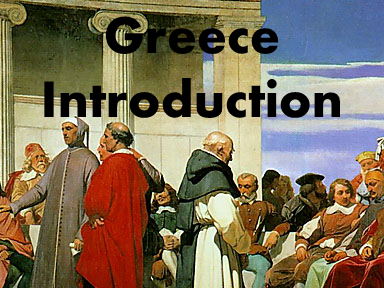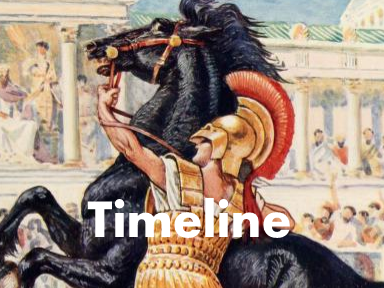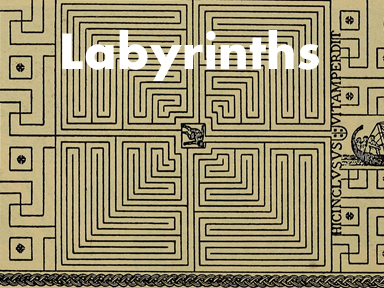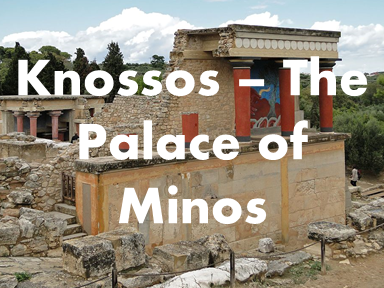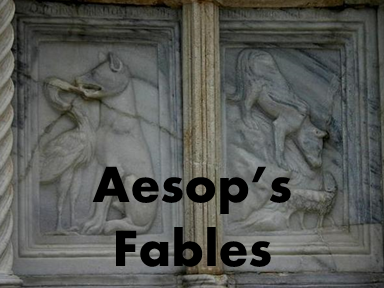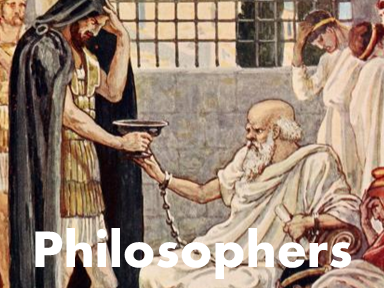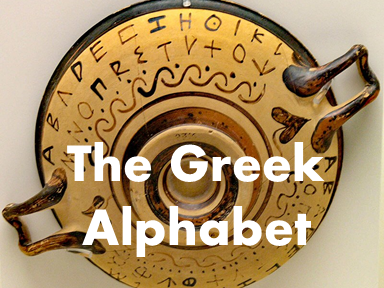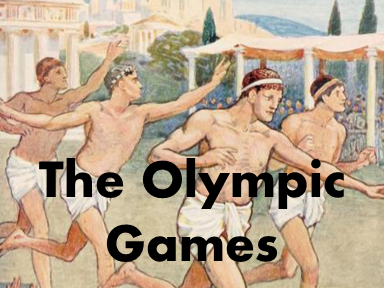
Ancient Greece Drama
The first dramas were performed by just one actor with a chorus of about 50 who helped him tell the story. Aeschylus was the playwright who added a second speaking role to the drama. This actor was called the antagonist. Aeschylus wrote The Persians which was performed in 472 B. C. This is the oldest surviving Greek play. Sophocles was Aeschylus's pupil. He added a third actor to his plays. Euripides went on to add two more parts: the prologue, introduction and the deus, godly figure who concluded the drama.
Wealthy men sponsored the plays by paying a tax called the choregia. They hoped the success of the play they sponsored would help them get into politics.
Dramas were part of the celebration honoring Dionysus in the city-state of Athens. During the festivals, hymns called Dithyrambs were sung between dramatic characters and a chorus. Every year two festivals were held in Athens: the Great Dionysia and the Lenaea. These festivals included contests for the best tragedy and best comedy. One of the winners was a wandering poet called Thespis. In 534 or 535 B. C. he amazed the audience by leaping on the back of a wooden cart and reciting poetry. He is considered the world's first actor.

The Greeks were the first to have dramas. They built outdoor semicircular arenas called amphitheaters. The first theaters were built of wood. Later stone theaters were constructed. The bleachers were built on a hillside that sloped down to a round stage. This circle area was where the chorus danced and sang. In the center of the stage was an altar dedicated to Dionysus, the god of theater. These theaters were very large. The theaters in Athens and Epidaurus could hold 15,000 and the one in Argos seated 20,000.
The chorus entered and exited through a covered way called a paradoi. The actors came in and out of doors in the back wall of the stage called the skene. This door was painted to look like the play's setting. The props were painted pieces that could be turned on axles. The actors could also swing on cables.
Men acted out all the parts of the drama, even the women's roles. They wore masks that represented their character. The masks showed various emotions such as grief, anger, or happiness.

Three types of drama were acted out.
Comedy - often mocked men in power. Famous comedy writers were Aristophanes and later Menander.
Tragedy - plays about love, loss, pride, the abuse of power. These were often about the gods and men. Usually one character commits a great crime, then realizes his error. The three great playwrights of tragedy were Aeschylus, Sophocles, and Euripides.
Satyr - short plays were performed between the acts of tragedies. They made fun of the predicament of the tragedy's characters.
